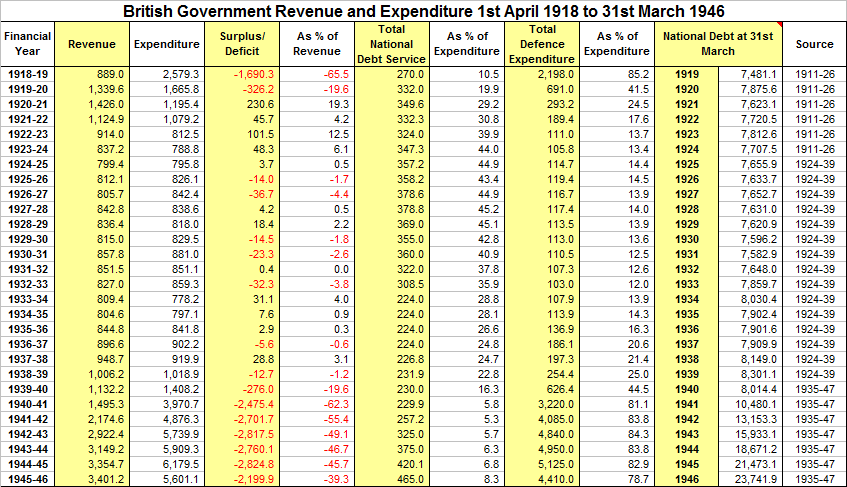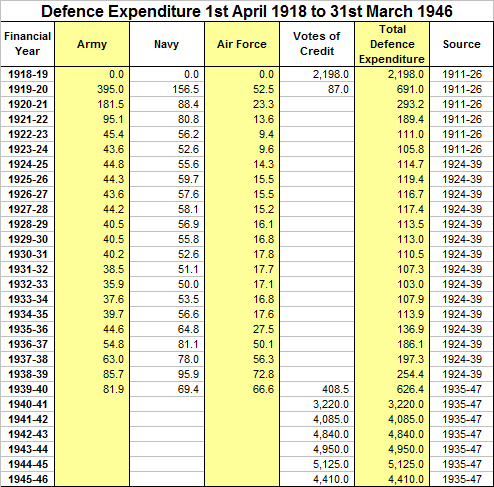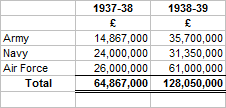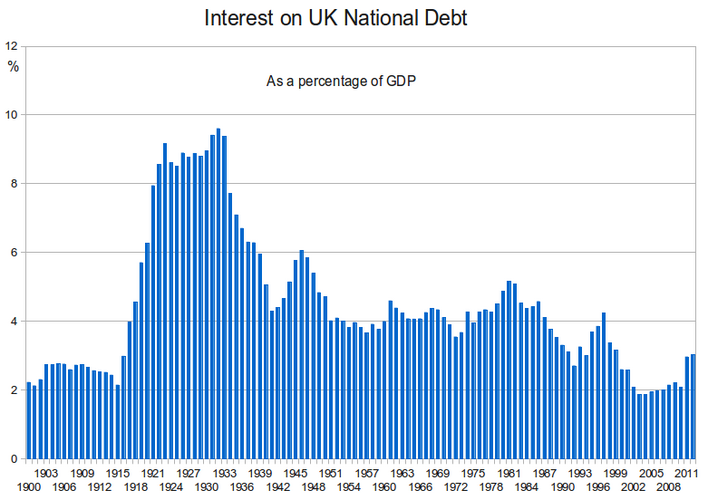Hi again,
Coincedentally, this freshly published video shows the use of a 4:1 armour piercing/tracer mix in a few examples:
Well, the same guy has a new video out now titled "Why WWII Bombers Eliminated Tracers in their Ammo Belt Mixes" (Spoiler: It's because the tracers created optical illusions regarding the bullet flight path):
View: https://youtu.be/5ot_d0aG844?t=190
The first half of the video seems to be identical to the one I linked in my earlier post, but the gist of it is that after the 4:1 armour piercing/tracer mix used in early on, the USAAF switched to 2:2:1 armour piercing/incendiary/tracer later, then found the standard incendiary lacking in penetration and switched over to a new round, the armour piercing incendiary, while eliminating the tracer round entirely.
Due to the massive overclaiming by USAAF bomber gunners in WW2, and the tendency for people to report target planes as on fire when they're told those have to be on fire for a kill to be counted, I'm sceptical of the validity of the idea that when bomber gunners report a lot of burning target planes, that means the incendiary round is the most effective round in the mix.
The idea that using 100% of the most effective round will give the greatest chances for a kill certainly is valid though, but I am wondering if it's really likely that the most effective round is indeed a "compromise" round with a limited amount of incendiary material and a lighter armour-piercing core than it could have had if it hadn't allocated some space to the incendiary compound. That's conceptually not so different from the mixed belting the US considered inherently sub-optimal, and I'm not sure what data they really had to consider the API round the most effective.
The German beltings in the US document shown is based on intelligence and doesn't necessarily reflect the Luftwaffe's final thoughts on the matter, as the official "Schießfiebel" manual shows some different "optimum" beltings, if I remember correctly.
I'm also a bit sceptical against the use of POW testimonies in analysis, as POWs are likely to repeating hearsay, rationalize ad-hoc, or actively try to feed misleading information to the interviewers. I believe Galland actually admitted to massaging (or even inventing) POW reports to support his position (on jet fighters, I believe).
My overall impression is that on the Luftwaffe pilots who faced the bomber formations in combat, the sight of tracers had quite an impact - there's a popular quote like, "Dogfighting Spitfires was fun and exhilarating, but flying into the hail of tracers to attack a bomber formation made one reconsider all of one's sinful choices in life."
(Admittedly, the reported POW statement of tracers being useful because they could be used to find the poorly defended side of a formation could be turned around to show that this POW was in fact effectively deterred from attack by the tracers he saw, so maybe it's only a question of whether one likes to talk about half-full or half-empty glasses ;-.)
Regards,
Henning (HoHun)




